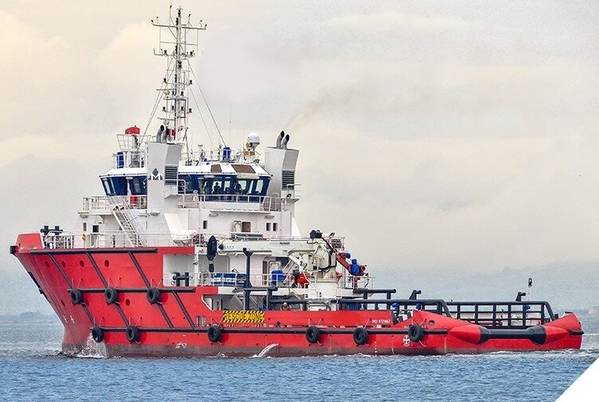
Thistle Wind Partners (TWP) has launched seabed surveys for its two ScotWind projects – the 1GW Ayre Offshore Wind Farm and the 1GW Bowdun Offshore Wind Farm.
The Ayre offshore wind farm is a floating wind project to the east of Orkney, while the Bowdun offshore wind farm is a fixed-foundation project off the coast of Aberdeenshire.
TWP is a consortium of DEME Concessions (Wind) NV (42,5%), Qair Marine SAS (42,5%), and Aspiravi International NV (15%)
TWP said Thursday that G-tec was leading the first phase of the work, which is the geophysical surveying of the seabed at both sites (leasing zones NE2 and E3), from March to October of this year. G-tec is supported by GAC UK’s Aberdeen and Orkney offices for vessel logistics, while Cathie (headquartered in Newcastle) is providing advisory services.
G-tec is a subsidiary of DEME, and earlier this month, it signed a multi-year charter agreement with Irish Mainport Holdings for its DP2 survey vessel "Mainport Geo."
At 50 meters long, ‘Mainport Geo’ underwent an extensive modification in 2021, which included fitting it with a 15-tonne A-frame, a robust side pole, a hull-mounted dual head Kongsberg multibeam, and survey rooms.
Over the next seven months, as part of TWP wind farm seabed surveys, the survey vessel will cover an area of almost 400 km2 and collect data on the structure of the seabed at both project sites.
G-tec technical experts will conduct advanced processing of the data, which will then feed into ground modeling studies from October onwards, while metocean surveys begin around the same time.
With TWP’s engineering team expected to complete their pre-FEED (front-end engineering designs) phase for the two projects by mid-2024, a second round of geophysical and geotechnical studies is planned for next year to inform the FEED for the wind farms.
“We are comfortable with the pace of development of the two projects and the schedule we have in place,” says Ian Taylor, Project Director at Thistle Wind Partners (TWP). “We plan to enter the construction phase in 2029, and like all ScotWind developers, we do get questions about why we have chosen a particular timeframe.
“Bearing in mind that we have a floating wind project in the mix, we are keen to leverage the learnings and enhanced designs and technologies that will be available by the end of the decade. There are still many technical challenges ahead for floating offshore wind. In tandem, each year gives us greater certainty that the local supply chain and port infrastructure will be ready.”
This summer, TWP continues the bird and marine mammal studies that were launched by contractor APEM in March last year. Altogether, these studies will extend over a two-year period.
Ian Taylor says: “We are investing in some of the most advanced monitoring techniques for our environmental studies, such as APEM’s LiDAR technologies for measuring bird flight heights. Taking the time to gather the best data for our final designs ensures that our wind farms have the most harmonious relationship with marine life and other maritime industries.”
If consenting is achieved in 2025, the final investment decision for both the Ayre and Bowdun projects is scheduled for 2028.



